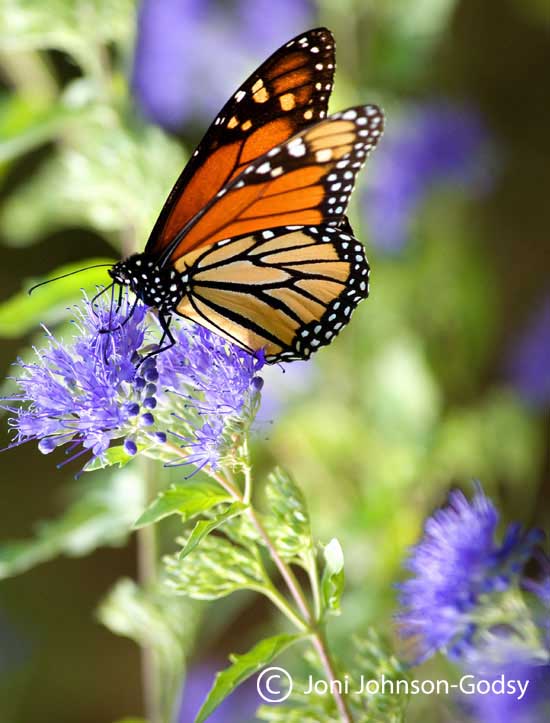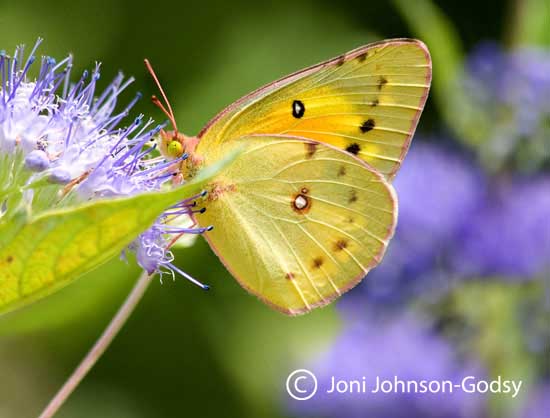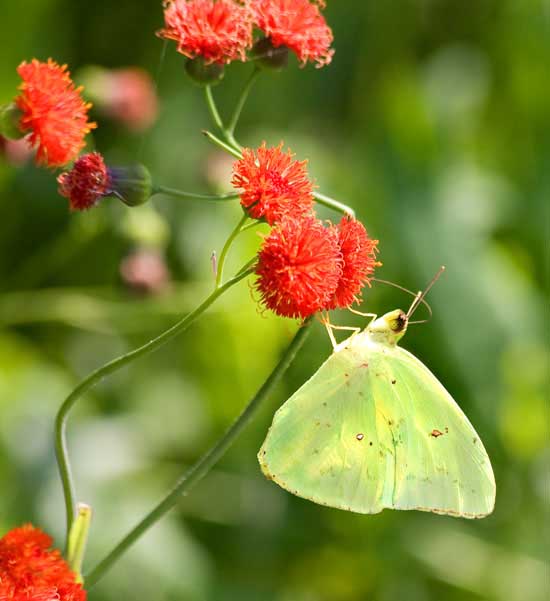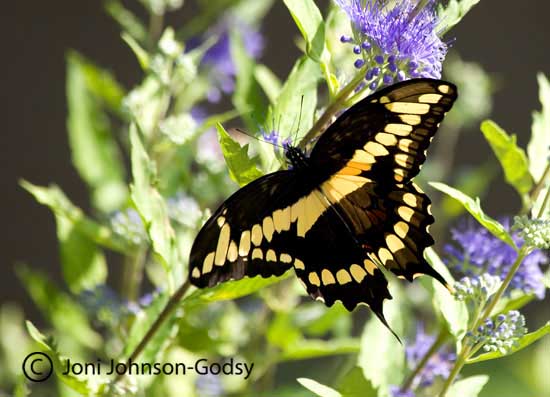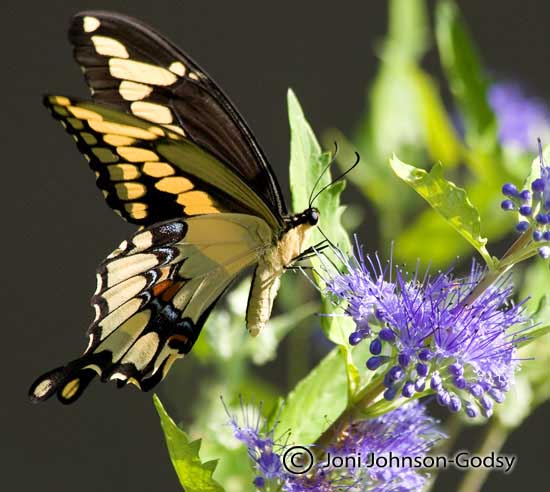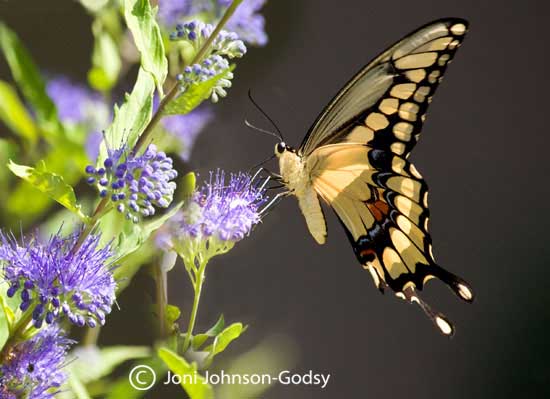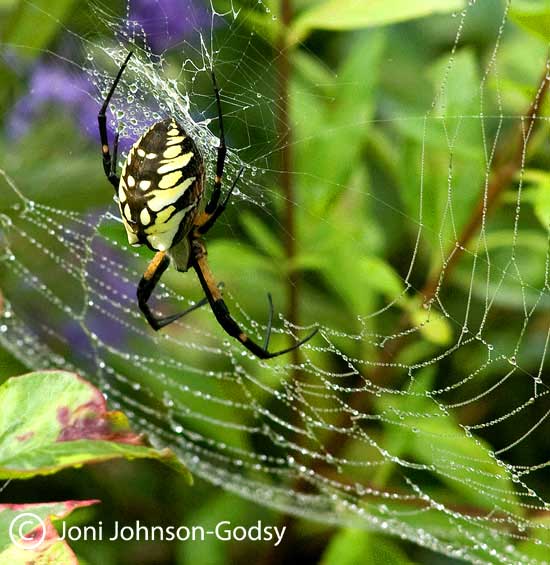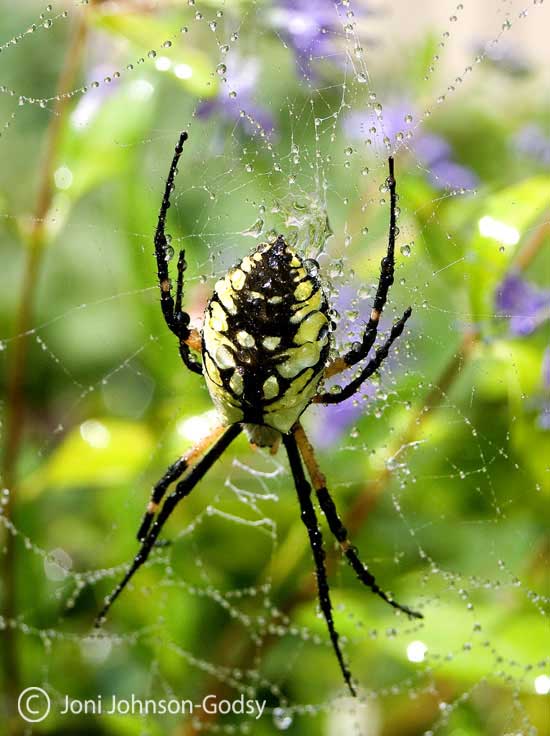There is nothing quite like being out on water in a quiet lake cove, with your only company being that of a beloved dog, and the wildlife that calls the lake home.
I recently purchased a kayak. I am wondering why I didn’t do this years ago. Not only is a kayak a whole lot of fun, but it also affords a wildlife painter new opportunities for gathering that much needed photographic reference. Animals and birds naturally gravitate towards water edges. And most animals and birds are not nearly as afraid of a boat drifting quietly by as they are of a human being tromping through noisy leaf litter in a woods. Getting close to your subjects is a real advantage of being in a boat driven forward simply by your own desire and a few arm and shoulder muscles.
Both of our dogs like to ride in the kayak. Below Pawsome shares a wonderful morning with me out on the water.

In the early mornings the coves are aglow in shafts of sunlight, accentuating the steam that rises when water is warmer than the crisp morning air of autumn.
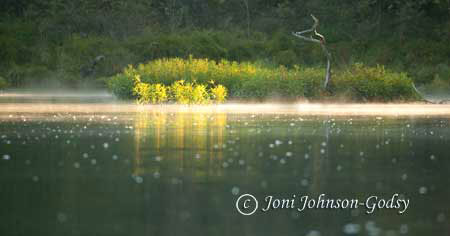
There are many rewards for those willing to rise and shine early…
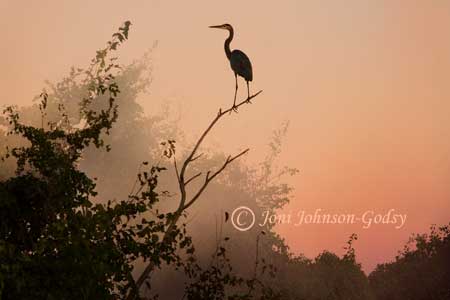
A muskrat slowly cruises by…

A Flicker eyes me from above…

Sunlight makes the autumn woodland glow…
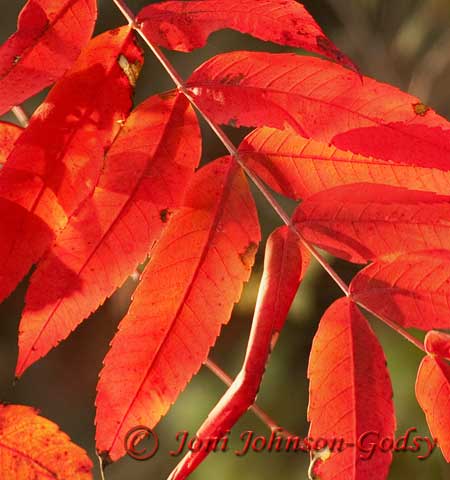
A Painted Turtle has decided that on this stump, there is only room for one. The snake just to the right will have to find his own island for sun bathing…

More paddling reveals more surprises…

There is nothing like having a camera pointed at you while “doing your business.” A young Double-crested Cormorant finds a “rest stop” between fishing expeditions…
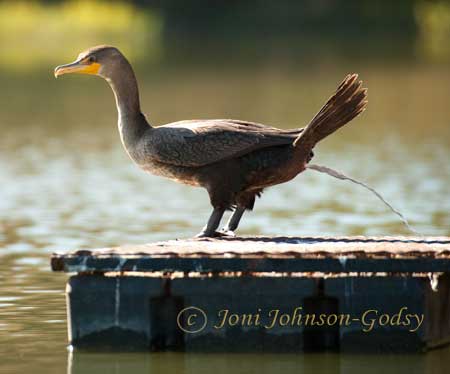
Three heads are always better than one…
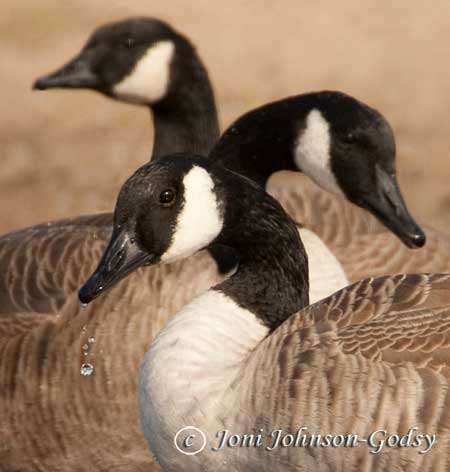
A Zipper Spider perches on her glowing web…

Mr Heron allows me to get very close when I’m in my kayak…

Two does came down to the water’s edge for a drink. I don’t think they knew quite what to make of that floating red-orange thing out on the water…

That was FUN! When can we go again???


